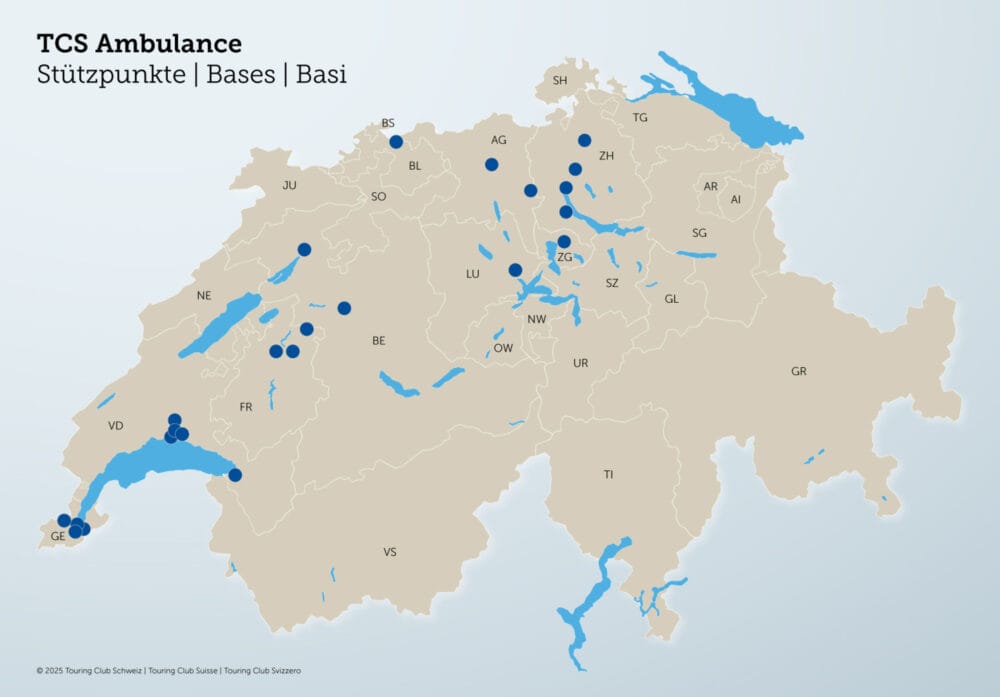Record numbers of tick cases - new virus detected
Global warming has caused tick cases to rise in recent years. In the first Corona year 2020, they reached a peak of almost 18,000 cases. But there is another reason why protection against ticks is becoming even more important.
Global warming means that ticks are active for a longer period of the year. In addition, their habitat has expanded due to milder temperatures in recent years. "Particularly at altitudes between 500 and 1,000 meters above sea level, climatic conditions have changed in such a way that ticks feel increasingly comfortable," notes Felix Ineichen, Suva's occupational physician and tick expert. This can also be seen in the figures of the collection point for the statistics of the accident insurance UVG (SSUV). While the annual average five years ago was still 11,000 tick bites per year, according to the latest surveys there are around 15,000 cases per year in Switzerland, which corresponds to an increase of over 35 percent. In the first Corona year 2020, the numbers peaked at 17,980 cases.
New virus detected in native ticks
In addition, researchers at the University of Zurich detected the new Alongshan virus (ALSV), which was discovered in China in 2017, in native ticks for the first time at the end of last year. The symptoms observed in infected individuals, such as fever and headache, are initially similar to those of an infection with TBE viruses, the University of Zurich writes in its statement. In the worst case, TBE infection can lead to meningitis. Whether ALS infections can have similar consequences and how often they occur still needs to be researched. Unlike the TBE virus, there is currently neither a vaccination nor a detection method for the ALS viruses. "Given the greater prevalence of ticks and the under-researched ALS virus, protective measures become even more important," Ineichen says.
6 Protective measures against ticks
- In the forest and gardens, avoid brush and undergrowth to avoid shedding ticks.
- Wear closed clothing of light color. This way you can detect and remove ticks before they get on your skin.
- Use tick repellent for skin and clothing.
- After spending time in the forest or garden, check body for ticks.
- If you discover a tick on your skin: remove it as quickly as possible with pointed tweezers, special tick forceps or with your fingernails.
- Get vaccinated against meningitis TBE (early summer meningoencephalitis), because there is no specific treatment for this rare but serious disease.
Source: Suva
Tick app: tick prevention with the smartphone









